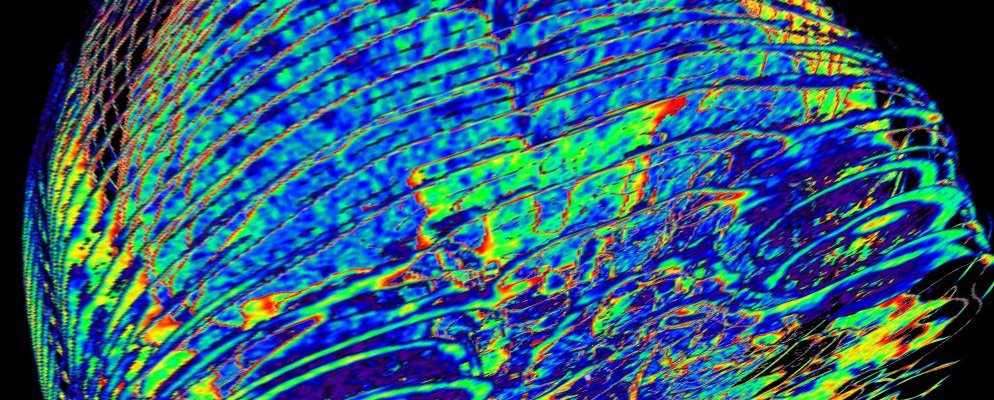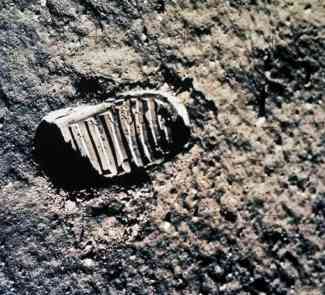One of the challenges in the study of the brain is undoubtedly to find out which neurons are activated, as well as when they are activated, in response to a specific situation in which we find ourselves. Incredible research by MIT has managed to create the first timeline of our neuronal circuits.
The information highways that exist in our brains are made up of millions of interconnected neurons that are organised around very precise neuronal circuits to transmit and process data as efficiently as possible.
The flow of information that travels on these nerve highways is immense; for example, every time you open your eyes and visualise an image, millions of neurons are put into operation to decide what to do in response to the different scenarios and situations in which we may find ourselves.
Visualise the flow of information in the brain: challenge met
The research done at the Computer Science and Artificial Intelligence Laboratory has been published in the prestigious magazine Nature Neuroscience. For the first time, researchers have managed to map the flow of information that travels through the brain. The process uses a modified technique that is similar to existing scanners, but is much more precise, with the added benefit that it’s not invasive, so patients don’t feel any pain.
Prior to this work, it was possible to determine which neurons were activated and the precise moment at which that activation took place, and although this type of mapping provided very high resolution, there was one weak point: we couldn’t have both results at the same time. In other words, it was possible to know where electrical activity of the neuronal circuits was highest, or when certain groups of neurons fired, but not both at the same time.
The work promoted by MIT combines two existing techniques, magnetic resonance imaging and magnetoencephalography, in order to provide a more effective and precise methodology. The initial application of the technique on 16 volunteers who had to observe 92 different images gave good results: it was possible to see how the information flowed through their brains.

By compiling the data that was collected, researchers were able to produce a brain timeline for each one of the participants in the study. They saw that the brain needed just 50 milliseconds to process an image in the visual cortex, which is used, for example, to recognise the shape of an object.
At 120 milliseconds, the nerve highways were jammed in the area known as the inferior temporal cortex, where the object was finally determined, but it wasn’t until 160 milliseconds that individuals were able to classify the objects into different categories (for example, whether they were looking at an animal or plant).
In the future, maps of the brain will be much more precise, thanks to this innovative work. Identifying which neuronal circuits are involved in the processing of information is very important because it will allow us to better determine which areas of the brain are affected by certain diseases.
Images | Dale Mahalko (Wikimedia), MIT









